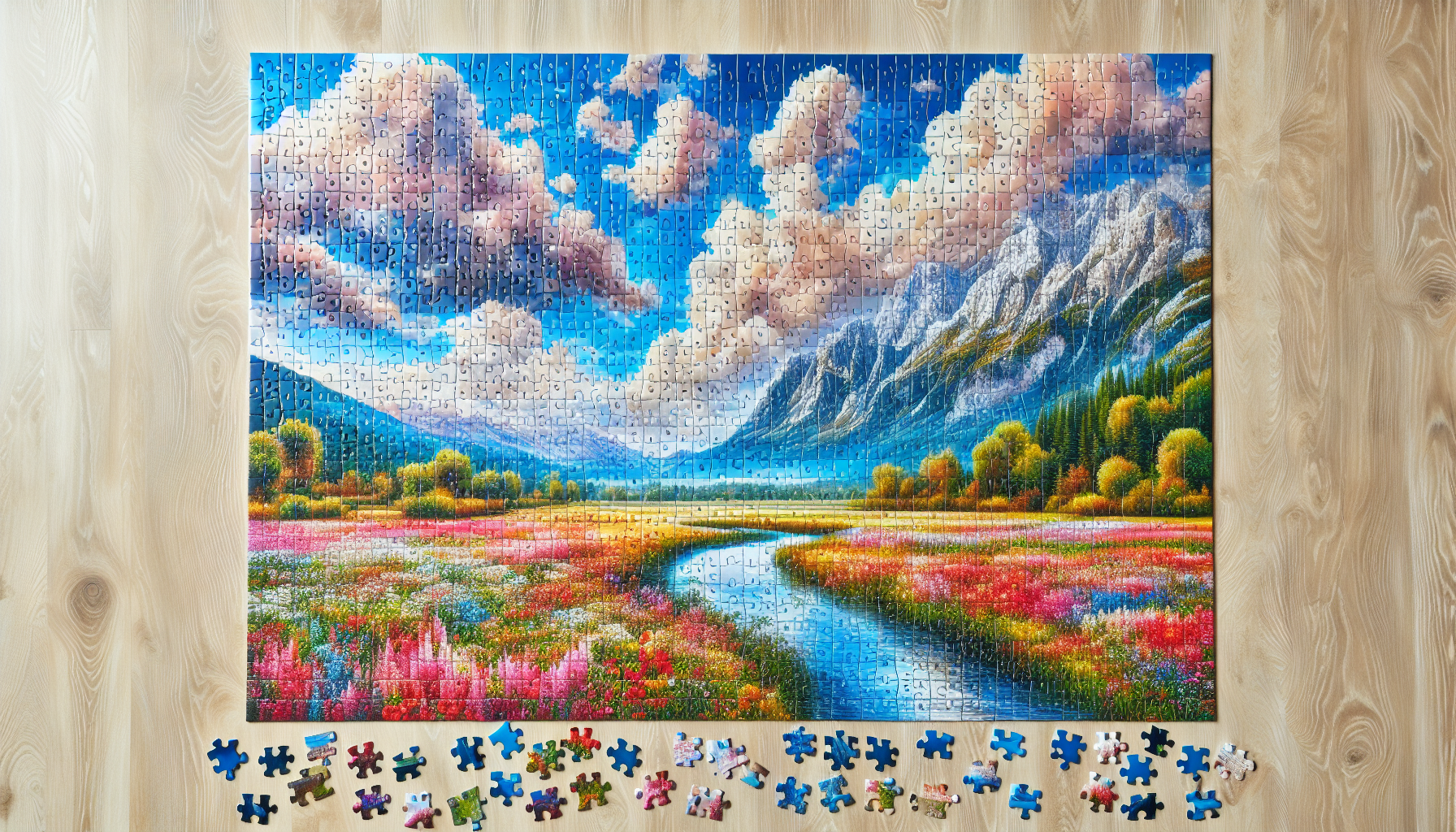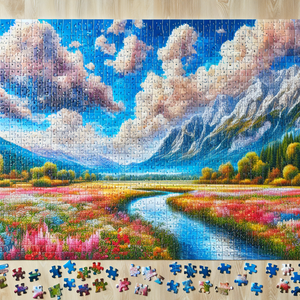The Science of Cleverness: Understanding Intelligence and Creativity

Cleverness can be broadly defined as the ability to think quickly, solve problems innovatively, and adapt to new situations. It encompasses both cognitive intelligence—often measured through IQ tests—and creative intelligence, which allows individuals to think outside the box. Understanding these components is crucial in appreciating the full spectrum of cleverness.
Cognitive Intelligence
Cognitive intelligence involves analytical thinking, logical reasoning, and the ability to process information efficiently. It is typically associated with academic performance and problem-solving skills in structured environments. For instance, mathematical problem-solving or scientific reasoning exemplifies cognitive intelligence, where individuals apply learned knowledge to reach conclusions.
Creative Intelligence
In contrast, creative intelligence is about generating novel ideas and solutions. It involves divergent thinking, which allows for multiple possibilities and approaches rather than a single correct answer. This form of cleverness is crucial in fields that require innovation, such as art, design, and entrepreneurship. A classic example is the artist Pablo Picasso, who revolutionized the world of art through his innovative approaches, showcasing the power of creative intelligence.
The Interplay Between Intelligence and Creativity
Research suggests that while cognitive intelligence is important, it is not the sole determinant of cleverness. A study conducted by psychologists at the University of California, Berkeley, found that a certain level of cognitive ability is necessary for creativity, but beyond that threshold, additional intelligence does not necessarily equate to greater creativity. For instance, many renowned innovators and artists, such as Albert Einstein and Steve Jobs, demonstrated high creative intelligence alongside their cognitive abilities. Einstein’s ability to visualize complex concepts and Jobs’s knack for design thinking highlight the synergy between intelligence and creativity. Their success stemmed not just from their intellect, but from their unique approaches to problem-solving and their willingness to take risks.
Fostering Cleverness in Daily Life
Understanding the nature of cleverness opens new avenues for personal development. Here are several strategies to enhance both cognitive and creative intelligence.
Cultivate Curiosity
Encourage a habit of questioning and exploring new ideas. Reading widely, engaging in discussions, and attending workshops can expand your knowledge base and inspire creative thinking. Curiosity fuels cleverness by prompting individuals to seek out new information and experiences.
Practice Problem-Solving
Regularly challenge yourself with puzzles, brainteasers, or strategy games. These activities stimulate cognitive functions and improve your ability to think critically under pressure. For example, engaging in mathematical puzzles can boost analytical skills, while logic games can enhance reasoning abilities.
Embrace Failure
A key component of creativity is the willingness to fail and learn from mistakes. Create a safe environment where you can experiment with ideas without the fear of judgment. Many successful entrepreneurs, such as Thomas Edison, famously stated that they learned more from their failures than their successes, emphasizing the importance of resilience in the creative process.
Collaborate with Others
Engaging with diverse perspectives can spark new ideas and enhance cleverness. Collaborating on projects allows for a blend of cognitive strengths and creative insights, leading to innovative outcomes. Teamwork often leads to brainstorming sessions where unique solutions emerge, demonstrating the power of collective cleverness.
Mindfulness and Reflection
Taking time to reflect on your thoughts and experiences can foster deeper insights. Mindfulness practices, such as meditation, can enhance focus and creativity by clearing mental clutter. By engaging in mindfulness, individuals can create mental space for innovative ideas to flourish.
Cleverness is a multi-faceted trait that combines intelligence and creativity in dynamic ways. By understanding the science behind cleverness, we can appreciate its role in our lives and take proactive steps to nurture these qualities. Whether in professional settings, creative pursuits, or everyday challenges, embracing cleverness can lead to innovative solutions and enriched experiences. In a world that increasingly values ingenuity, cultivating cleverness is not just beneficial; it is essential for personal and collective advancement. As we strive to be more clever, we not only enhance our own lives but contribute to a more innovative and adaptable society.
Creative Strategist
Job Description
Develop innovative marketing campaigns that merge brand messaging with consumer insights.
Collaborate with cross-functional teams, including designers and copywriters, to ensure cohesive execution of creative concepts.
Skills
Strong understanding of consumer behavior
Creative problem-solving
Proficiency in digital marketing tools
Common Employers
Advertising agencies
Marketing firms
In-house corporate marketing departments
User Experience (UX) Researcher
Job Description
Conduct user interviews, surveys, and usability testing to gather insights on user needs and behaviors.
Analyze qualitative and quantitative data to inform design decisions and enhance user satisfaction.
Skills
Proficiency in research methodologies
Strong analytical skills
Familiarity with wireframing and prototyping tools
Common Employers
Tech companies
Design agencies
Product development firms
Data Scientist
Job Description
Utilize statistical analysis and machine learning techniques to extract insights from large datasets.
Collaborate with business stakeholders to translate data findings into actionable strategies that drive decision-making.
Skills
Proficiency in programming languages (e.g., Python, R)
Data visualization tools
Strong foundation in statistics and mathematics
Common Employers
Financial institutions
Healthcare organizations
Tech startups
Innovation Consultant
Job Description
Work with organizations to identify opportunities for innovation and develop strategies to enhance creativity within teams.
Facilitate workshops and brainstorming sessions to foster a culture of experimentation and risk-taking.
Skills
Strong facilitation and communication skills
Knowledge of design thinking methodologies
Experience in change management
Common Employers
Consulting firms
Corporate innovation labs
Educational institutions
Creative Director
Job Description
Oversee the creative vision and direction for projects, ensuring alignment with client objectives and brand identity.
Mentor and lead creative teams, providing feedback and guidance to foster talent and innovation.
Skills
Strong leadership abilities
Expertise in design principles
Deep understanding of the creative process across various media
Common Employers
Advertising agencies
Media companies
Fashion brands


